BITS & BOBS
-

The Design Elements & Principles
-

The design process in professional practice
-
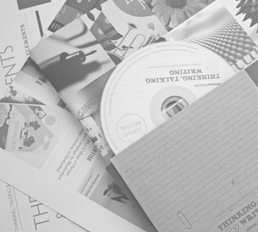
Visual Communication Analysis
-
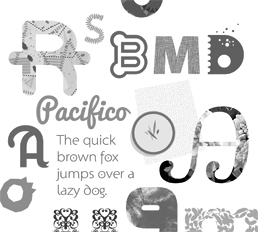
Exploring the emotive potential of type
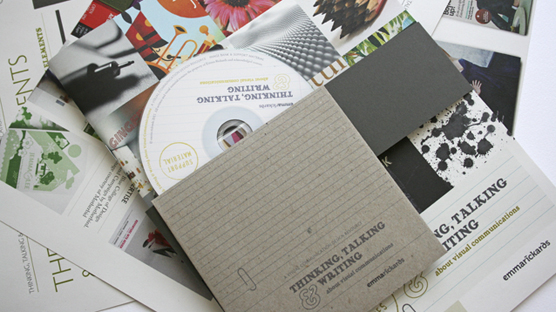
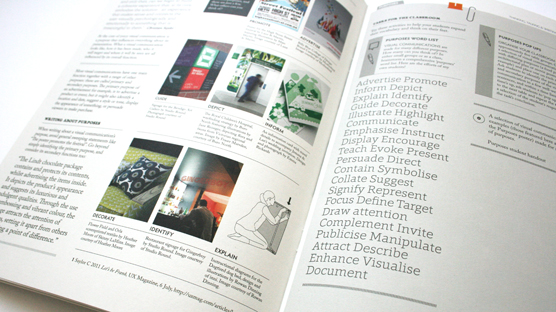

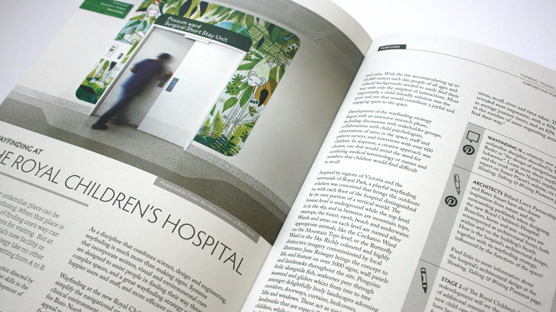
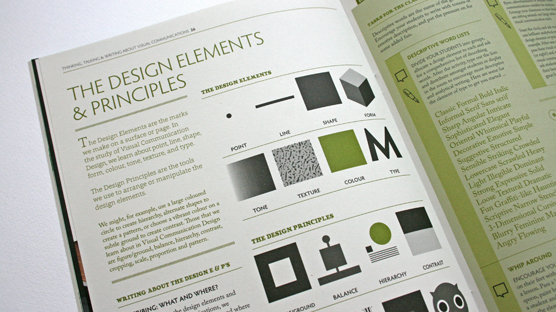
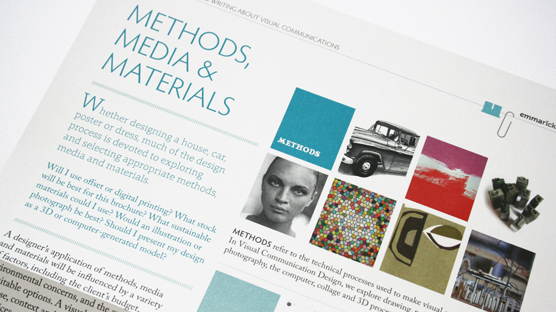
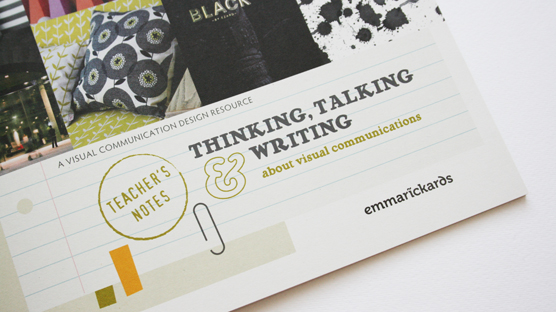
A resource kit for teachers, featuring the work of local studios Buro North, Lanz and Martin, Motherbird, inni, Manque Design and Studio Round.
'Thinking, Talking and Writing about Visual Communications' provides an introduction to the key components of a great design analysis. Students learn about target audiences, contexts, and purposes, and how they impact on the creation of visual communications. They examine how designers choose and use materials, methods and media together with design elements and principles, and consider the reasons behind their application.
Created for teachers of Years 10-12 Visual Communication studies, 'Thinking, Talking and Writing' presents an overview of the areas discussed when preparing a design analysis, while offering plenty of subject matter to describe, analyse, discuss and critique. The resource is a great precursor to any number of theory or practical tasks, and can also be used to inspire creative projects or as revision for exams. With detailed notes accompanying ample stimulus material, Thinking, Talking and Writing is a particularly useful introduction to Unit 3 Outcome 1: Analysis and Practice in Context, and has been made especially with this purpose in mind.
'Thinking, Talking and Writing about Visual Communications' can been delivered to students in its entirety, or reconstructed into your own tailor-made program. Its content can be dipped into for discussion, referenced for inspiration, revisited for revision, or adapted for your students and schedule.
In the kit ...
Classroom posters and student information sheets present the ins and outs of key terms and concepts.
Creative teaching strategies are offered as ways to introduce or revise the components of an analysis.
Ten case studies are readymade to kick-start class discussion and practice analyses. Selected examples from the fields of communication, environmental and industrial design are provided in digital form, with detailed printed teacher’s notes offering an overview of each project. Accompanying discussion questions and related creative tasks are designed to cement and extend learning, connect theory with practice and inspire future folio work.
Further related stimulus material on Pinterest virtual pinboards are regularly updated and easy to share with your students. All that searching for great examples done and dusted!
A sample comparative analysis shows how to put it all together, using posters from Melbourne’s Studio Round and Lanz and Martin.

